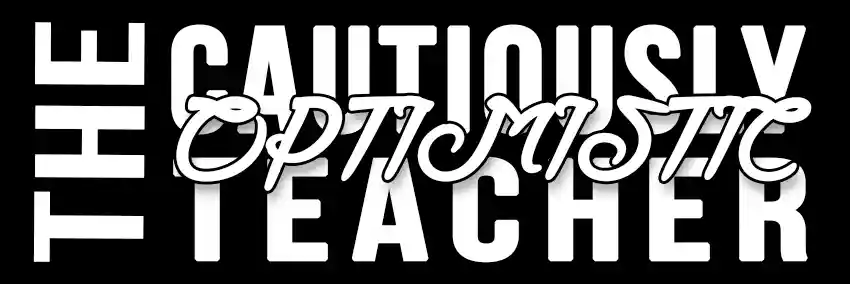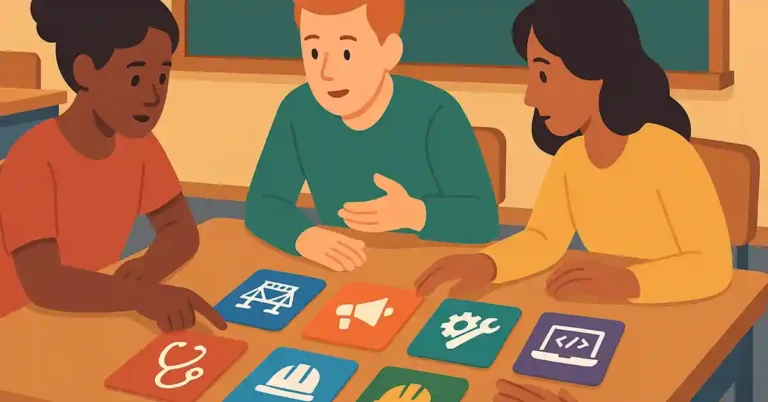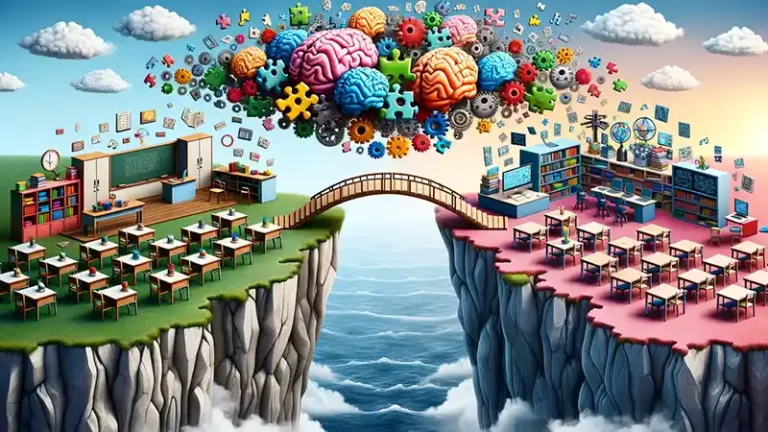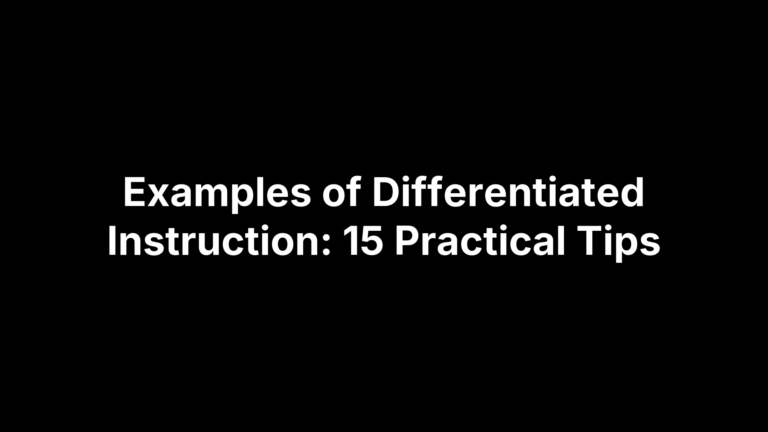The Benefits of Tiered Assignments for Student Engagement
As educators, we’re constantly seeking the golden key to unlock the potential in every student. We strive for that magic moment when a student’s eyes light up with understanding, engagement, and enthusiasm. However, as we all know, one size does not fit all. What ignites passion and curiosity in one student might be met with apathy or confusion by another. And here lies the crux of modern education: How do we tailor our teaching methodologies to cater to diverse learners and ensure optimal student engagement? Enter the solution – tiered assignments.
Tiered assignments are not just a buzzword or fleeting educational trend. They represent an innovative approach to teaching that understands and appreciates the vast spectrum of learning styles, capabilities, and paces present in every classroom. This approach shifts away from the one-size-fits-all model, moving towards a more dynamic, responsive, and individualized way of instruction.
What are Tiered Assignments?
To put it succinctly, tiered assignments are tasks or projects designed at different levels of complexity. They are aimed at meeting students where they are in their learning journey and providing them with the appropriate level of challenge. Instead of every student working on an identical task, they work on assignments tailored to their current understanding and skill level, allowing for differentiation and individual growth.
But why is differentiation so crucial? Imagine a classroom where every student is given the same book to read, irrespective of their reading ability. Some students might breeze through, some might find it just right, and some might struggle at every page, feeling overwhelmed. The outcome? Disengagement, frustration, and potentially, a diminished love for reading. Now apply this to every subject and every task, and the importance of differentiation becomes crystal clear.
Tiered assignments take the principle of differentiation and apply it practically. By offering assignments at varied levels of complexity, we ensure that each student is appropriately challenged. This doesn’t mean they won’t struggle – but it ensures that the struggle is productive. It’s about providing a challenge that’s attainable with effort, rather than setting students up for inevitable failure or letting them coast without growth.
Advantages of Tiered Assignments

Meeting Individual Learning Needs
One of the primary advantages of tiered assignments is the ability to meet the unique learning needs of every student. We often speak of our classrooms as a melting pot of diverse learners. But, what does this mean in practice?
Catering to Different Learning Styles: Some students are visual learners, preferring diagrams and charts, while others might be auditory learners, flourishing in discussions and debates. Yet others might thrive with kinesthetic or tactile methods. Tiered assignments allow teachers to create variations that cater to these diverse styles. For example, while exploring a historical event, one set of assignments might require students to draw a timeline (visual), another might ask them to partake in a group discussion (auditory), and yet another might involve role-playing (kinesthetic). The same content, delivered in various ways, ensures broader engagement.
Addressing Diverse Skill Levels: In any given classroom, the range of skills can be vast. Some students might be grappling with basic concepts, while others are ready for more advanced exploration. Tiered assignments respect this diversity. By creating tasks that range in complexity, every student is offered a path that starts where they currently are and guides them forward. No one is left behind, and no one is left unchallenged.
Promotion of Mastery Learning
Mastery learning, where students are encouraged to fully understand a concept before moving on, is fundamental to long-term academic success. Tiered assignments are intrinsically aligned with this philosophy.
Allows Students to Build on Foundational Knowledge: Just as a building needs a strong foundation, learning requires a solid base of understanding. Tiered assignments ensure that students solidify their foundational knowledge before adding more layers. This structured approach promotes depth over breadth, ensuring lasting comprehension.
Ensuring Understanding Before Progressing: With tiered assignments, students can’t just ‘get by’. They are encouraged to delve deep, grapple with concepts, and truly understand them before advancing. This not only ensures retention but fosters a genuine passion for the subject matter.
Boosting Student Confidence and Morale
Beyond the academics, tiered assignments have profound implications for a student’s self-worth and enthusiasm for learning.
Providing Opportunities for Success at Every Level: Success breeds success. When students succeed at their current level, they’re more inclined to tackle the next challenge with gusto. By providing assignments tailored to their capabilities, we’re setting them up for continual victories, which can be a tremendous morale booster.
Encouraging Growth Mindset: The famed psychologist Carol Dweck’s concept of a ‘growth mindset’ – the belief that abilities can be developed through dedication and hard work – is central to the ethos of tiered assignments. By showing students that they can progress through levels, overcome hurdles, and master challenging concepts, we’re fostering resilience, grit, and a lifelong love for learning.
Increasing Student Engagement Through Complexity
Engaging students in the classroom can often feel like a Herculean task, especially in an age where distractions are numerous, and attention spans seem ever-dwindling. However, one might be surprised to discover that complexity, rather than simplicity, can be the catalyst for profound engagement. Let’s delve into the nuances of how and why this is the case.
How Complexity Leads to Engagement
The human mind is innately curious. Think back to a time when you were engrossed in a complex puzzle, a riveting novel, or even a challenging project. The intricacies, the layers of depth, and the unknown outcomes often draw us in, creating a magnetic pull that’s hard to resist. Similarly, when students are presented with assignments that are multifaceted and layered, they are more inclined to engage deeply.
Complex tasks demand critical thinking, problem-solving, and creativity. They require students to make connections between prior knowledge and new information, to ask questions, and to seek answers. This active involvement in the learning process transforms passive recipients of information into active participants in their educational journey.
The Correlation Between Challenge and Engagement
The relationship between challenge and engagement isn’t merely linear; it’s exponential. A task that’s too easy can lead to boredom, while one that’s impossibly hard can result in frustration. However, a task that strikes the right balance – one that’s challenging yet achievable – can elevate engagement to new heights.
This balance is often termed the ‘Zone of Proximal Development’ by educational theorists, referring to the sweet spot between what students can do on their own and what they can achieve with assistance. Tiered assignments, by their very nature, aim to position students within this zone. As students grapple with challenges, they experience moments of triumph when they overcome obstacles. These moments not only boost confidence but also create a feedback loop where success fuels the desire to engage further.
Moreover, when students are consistently met with the right level of challenge, they begin to view challenges not as insurmountable barriers but as opportunities for growth. This shift in mindset, where obstacles become stepping stones, can have transformative effects on engagement.
Implementation Strategies

Understanding the advantages of tiered assignments is one thing; effectively implementing them in the classroom is another. Like all instructional strategies, success with tiered assignments depends on thoughtful planning and execution. Let’s explore some best practices and tips for integrating tiered assignments seamlessly across various subjects and grade levels.
Best Practices for Creating Tiered Assignments
Start Small: If you’re new to tiered assignments, it’s wise to start with a single lesson or unit. Gauge student reactions, assess the outcomes, and refine your approach before scaling up.
Clearly Define Learning Objectives: For each tier of the assignment, have a clear understanding of what you want students to achieve. This clarity will guide the design of the tasks and provide a metric for assessment.
Use Varied Assessment Tools: Differentiate not only in task design but also in assessment. Consider using quizzes, presentations, peer reviews, and portfolios to evaluate understanding.
Group Strategically: When assigning tasks, consider students’ readiness levels, interests, and learning profiles. Periodically reassess and regroup students based on progress and feedback.
Incorporate Student Choice: Wherever possible, allow students to choose their tasks. This empowerment can lead to greater ownership of their learning.
Provide Clear Instructions: Ensure that instructions for each tier are clear and concise. Providing rubrics can also help students understand expectations and assessment criteria.
Seek Feedback: Regularly solicit feedback from students regarding the assignments. Their insights can provide invaluable information for refining the tiered approach.
Adapting Tiered Assignments for Different Subjects and Grades
Elementary Grades: At this level, focus on hands-on activities and visual aids. For example, in a math lesson on addition, lower-tier assignments might involve using physical counters, while higher tiers could involve word problems or puzzles.
Middle School: Introduce more complex tasks and collaborative projects. In a history lesson on ancient civilizations, one tier might involve creating a timeline, while another could entail a research project on a chosen civilization’s impact on modern society.
High School: Emphasize critical thinking and real-world applications. For instance, in a science lesson on genetics, base-tier assignments could focus on understanding genetic terminology, while advanced tiers might explore bioethical dilemmas in genetic engineering.
Subjects Adaptation:
Math: Vary the complexity of problems, introduce real-world applications, or explore mathematical theories in-depth.
Literature: Differentiate by reading materials (short stories vs. novels), or by tasks (book reports, thematic essays, or creative writing assignments).
Sciences: Offer lab experiments of varying complexity or delve into theoretical vs. practical aspects of a topic.
Social Studies: Vary by depth of research, types of sources used, or by the geographical and temporal scope of the topic.
Potential Challenges and Solutions

While tiered assignments offer a plethora of advantages, they are not without challenges. Recognizing potential pitfalls and proactively addressing them can ensure the success of this differentiated approach. Here’s a closer look at common challenges and strategies to overcome them.
Addressing the Common Pitfalls
Perceived Inequity: One potential challenge is the perception of inequity among students. Some might feel they’re being given “easier” or “harder” tasks and could interpret this as a reflection of their abilities.
Solution: Communication is key. Ensure students understand the philosophy behind tiered assignments – that it’s about offering the right level of challenge for each individual, not a judgment of their capabilities. Highlight the fluidity of the process; students might be at one tier for one topic and another for the next.
Increased Planning Time: Differentiating tasks can increase the time teachers spend on lesson planning.
Solution: Start with existing materials and see how they can be adapted to different tiers. Collaborate with colleagues, share resources, and consider using online platforms or software that offer tiered assignment templates.
Assessment Complexity: With varied tasks come varied assessment methods, potentially complicating the grading process.
Solution: Utilize rubrics that outline clear criteria for each tier. This not only streamlines grading but also ensures transparency for students. Additionally, consider peer assessments and self-assessments as complementary evaluation tools.
Overwhelm or Under-challenge: Despite best efforts, some students might still find assignments either too challenging or not challenging enough.
Solution: Maintain open communication channels with students. Encourage them to voice their feelings about task appropriateness and be flexible in making adjustments.
Tips for Smooth Implementation and Maximizing Benefits
Continuous Professional Development: Consider attending workshops or online courses on differentiated instruction. Staying updated on best practices can enhance the effectiveness of tiered assignments.
Use of Technology: Many educational platforms and apps offer tools for differentiation. These can automate certain aspects of tiered assignments, such as adaptive quizzes or gamified tasks.
Peer Collaboration: Create a teacher support group or community where educators can share their experiences, challenges, and solutions regarding tiered assignments. Collaborative brainstorming can lead to more effective strategies.
Parental Communication: Keep parents in the loop. Educating them about the rationale and benefits of tiered assignments can foster understanding and support from home.
Regular Reflection: After each unit or term, take the time to reflect on what worked and what didn’t. This continual process of refinement will enhance the effectiveness of your differentiation strategies over time.
Conclusion
As we reflect on the educational landscape and the ever-evolving needs of our students, one truth remains constant: meaningful engagement is the cornerstone of impactful learning. Tiered assignments, with their nuanced approach to differentiation, stand out as a robust tool in achieving this aim.
The multifaceted layers of tiered assignments not only acknowledge the diversity of our classrooms but celebrate it. By crafting learning experiences tailored to the unique strengths and needs of each student, we’re sending a powerful message: every student’s journey is valued, and every student’s potential is limitless.
To my fellow educators, while the road to fully embracing tiered assignments may seem challenging, the rewards, in terms of student growth and engagement, are profound. As champions of learning, let us be fearless in our pursuit of strategies that genuinely resonate with our students. Let us be ever curious, ever evolving, and ever committed to the belief that every student deserves an educational experience that lights the spark of curiosity and fuels the flame of passion. Here’s to a future of classrooms abuzz with enthusiasm, inquiry, and the joy of discovery!
Further Reading
“Differentiating Instruction in the Regular Classroom” by Diane Heacox – An insightful guide on how to integrate differentiated instruction seamlessly into everyday teaching.
“From Tutor Scripts to Talking Sticks: 100 Ways to Differentiate Instruction in K – 12 Classrooms” by Paula Kluth and Sheila Danaher – An invaluable resource on creating inclusive classrooms where differentiation benefits all, including those with special needs.







